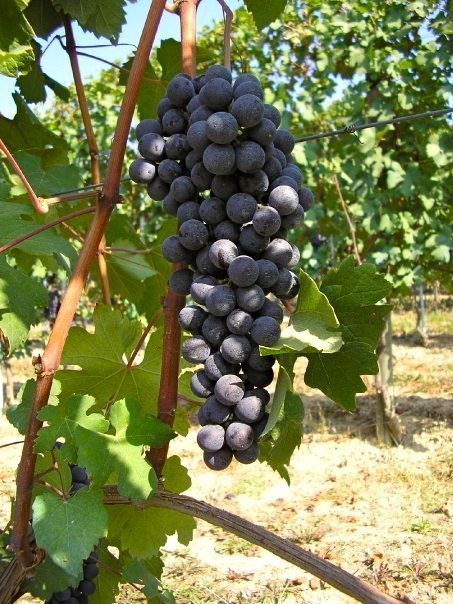
Have you recently looked at your favorite bottle of wine and noticed anything new about it, other than the vintage? I recently had a conversation with a customer who had noticed, without noticing, that a staple wine of theirs didn’t taste the same. Usually vintage is the culprit, but when a wine is as massed produced as the one in question, vintage usually isn’t it. Having dealt with a similar situation about a year earlier, I knew exactly what I was getting into.
About a year ago, a customer had placed a special order that at first glance seemed like a rather easy one to handle, they were looking for an old vine zinfandel from a well known brand. I ordered the case like any other time, but when she came to pick it up, she was unamused. What I had ordered, unbeknown to me, was the primitivo and not the old vine zinfandel (apparently when this particular brand of wine is unable to obtain the old vine zinfandel at right price point, they look outside of the US to fulfill their volume requirements, in this particular case Puglia, Ital)y. This customer explained to me what I had done wrong and that this was not the wine she had ordered. I tried to explain to her that indeed I had made a mistake, but I couldn’t order the old vine zinfandel because it wasn’t an option. This was zinfandel/primitivo for this vintage and until the old vine zinfandel became available again this is all that was available. The customer continued to explain that the primitivo was lighter than the zinfandel and that they didn’t like it as much. They asked us to keep the order on hand and call them when the old vine zinfandel did become available. We did.
Forward a year later, another customer is dissatisfied with the same brand, but this time I knew why. I explained to this customer that this particular vintage was different from the last one because this vintage the brand had sourced their wine from California and not Italy. I went on to explain that this particular style was bigger and heavier than what they had become accustomed to and enjoyed. The customer took note of what I had said and said that they would keep an eye out for the primitivo.
Although both of these complaints occurred because of one particular brand, the fact is that these are not isolated incidences. In actuality, there are a handful of these brands that change the origin of their wines so that it meets a specific need. The need is to stay at a particular price point since they aren’t established wineries, but instead labels on a bottle. Next time you pick a bottle of what you think is California cab, check the label to see if it indeed is from Central Valley, California and not Valle Central, Chile. Or maybe the cab that was once from Lake County, turned North Coast, turned California is what you’ll be enjoying tonight. As the cost of wine continues to rise, certain brands have to do what they consider to be necessary to keep their image, which in certain cases is determined by the price, to keep their customers coming back. Unfortunately for the customer, it is at the expense of their palate.
Next time you pick up a bottle of your favorite wine take notice of where it’s from and see if that changes with the vintage.
Saude!
